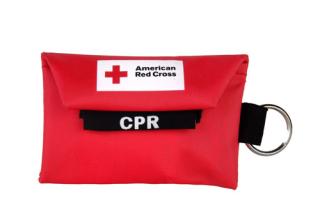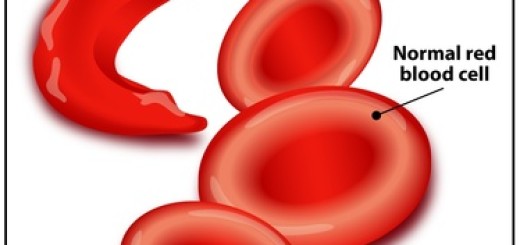How Does Anaphaylatic Shock Occur?
Anaphylaxis is a severe life-threatening allergic reaction affecting the entire body. Anaphylactic shock is caused when the individual is exposed to something they are allergic too. Their body responds by releasing large amounts of histamine which causes dilation of the blood vessels. The now-widened blood vessels cause a drop in blood pressure (shock). The blood leaking from the capillaries causes swelling and a further drop in blood pressure. This mechanism is how Anaphylactic shock occurs.
Anaphylaxis is becoming more common and you may know someone with a severe allergy. People with Anaphylaxis are prescribed an auto-injector containing Epinephrine (Adrenaline) which they can use in the event of a serious reaction.
Common triggers of Anaphylactic Shock
Common triggers of anaphylactic shock include:
- peanuts
- tree nuts such as almonds, walnuts, cashews, brazils
- fish and shellfish
- dairy products and eggs
- wasp, bee or other insect stings
- natural latex (rubber)
- penicillin or other prescription drugs
Spotting Anaphylactic Shock
- swelling of the throat, mouth, tongue, and face
- flushed, blotchy skin
- distressed breathing
- rapid, weak pulse
- if the reaction is severe, the casualty may become unconscious and stop breathing.
First Aid Treatment for Anaphylactic Shock
A severe allergic reaction could cause the victim’s airway to close within a couple of minutes. Therefore, rapid recognition and treatment are important. The victim will require emergency medical treatment in hospital. You can help a victim in Anaphylactic shock by:
- Activating emergency medical services
- Helping the victim to use their own EpiPen(R)
- Laying the victim down, unless they are having trouble breathing
- Providing re-assurance until EMS arrives





